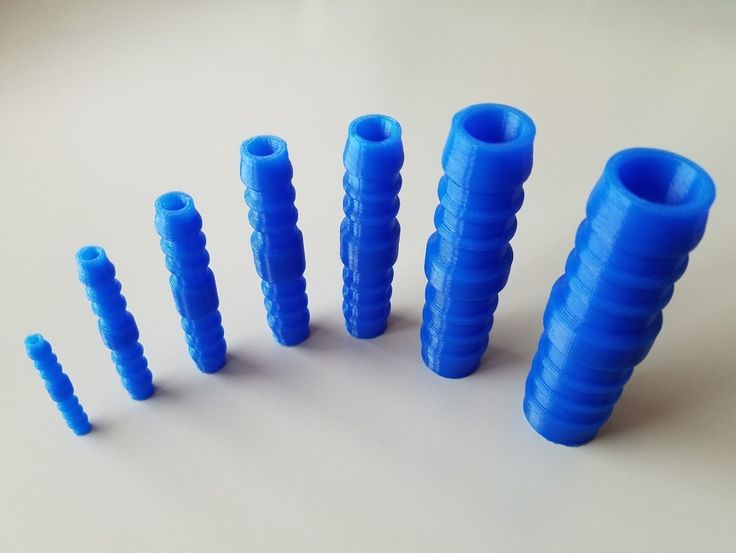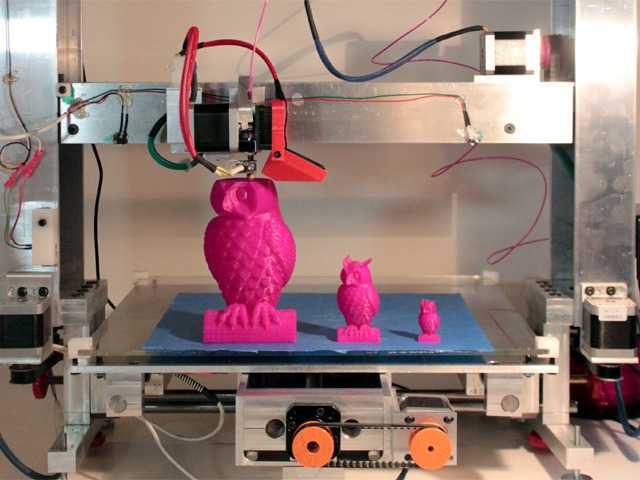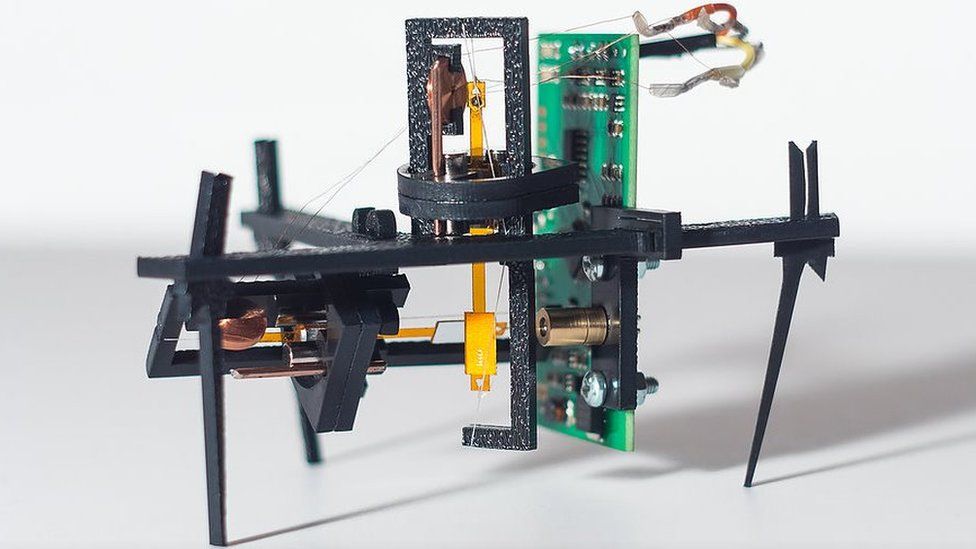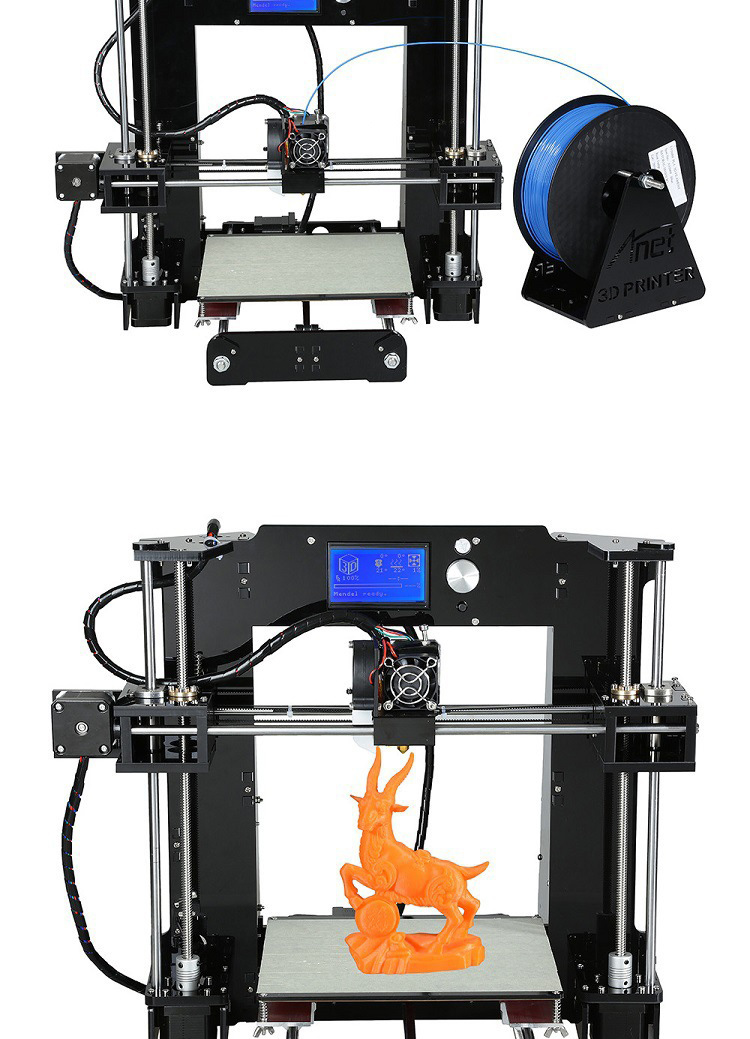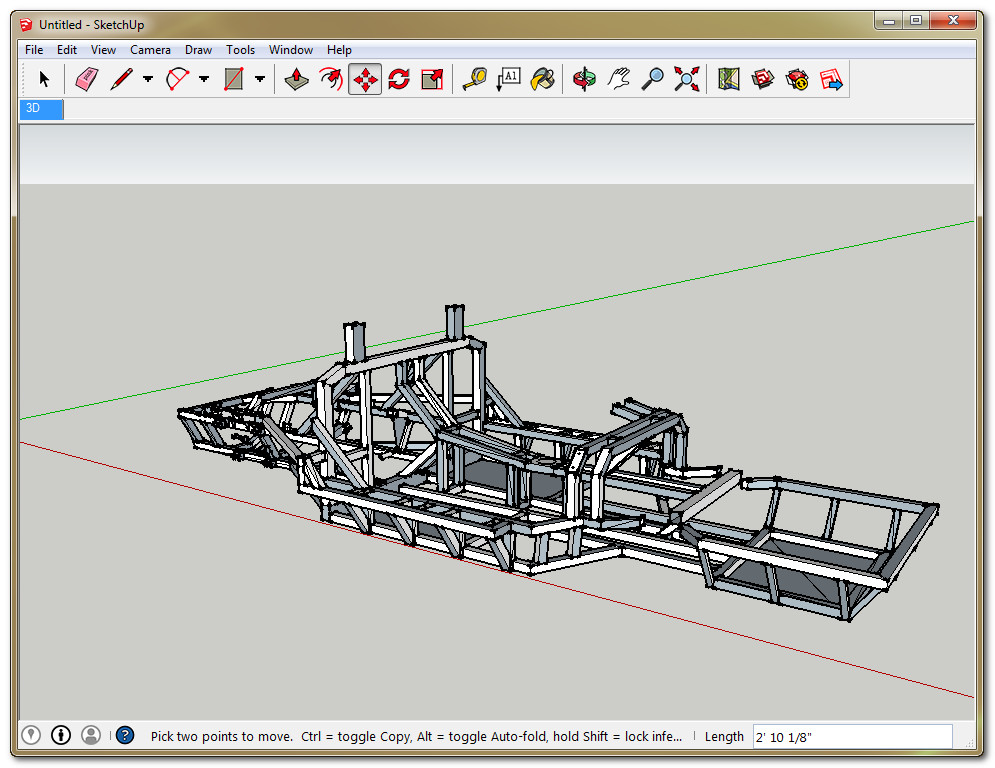Desktop metal studio 3d printer price
Desktop Metal 3D printers pricing and technical specifications announced
0Shares
Desktop Metal has revealed that their long awaited metal 3D printing system uses a variety of technologies, and that 2 3D printing systems are under development.
The Desktop Metal Studio system is FDM based, while the Production system is inkjet and powder based. Reservations for both Studio and Production systems are now been taken. A series of photos accompanying an article in today’s MIT Technology Review shows a selection of 3D prints from the machines.
The Production system. Image via Desktop Metal.Desktop Metal Studio 3D printer
The Desktop Metal Studio printer extrudes bound metal rods and is similar to plastic FDM 3D printers.
Technical specifications are given as 16 cm3/hour print speed, a layer height of 50 μm and a build area of 300x200x200mm (HWD).
The resulting 3D prints require post processing to debind and sinter. Desktop Metal has designed an, “office-friendly sintering furnace” for this purpose.
The SiC microwave furnace is, “Fully automated with closed loop thermal control and sized to fit through an office door.”
The Studio Furnace. Image via Desktop Metal.A steel propeller 3D printed with a thin layer of ceramic between the supports to aid removal. Photo via MIT Technology Review.Scaling the process of 3D printing metal
Desktop Metal has also given initial details of a production system. The company describe this as, “the first metal 3D printing system for mass production. Arriving in 2018, the Production system delivers the speed, quality, and cost-per-part needed to compete with traditional manufacturing processes.”
Bold claims for the process are 100x faster, at a 20x lower cost. The company describes the process as Single Pass Jetting,
Breakthrough Single Pass Jetting (SPJ) process delivers speeds up to 8200 cm3/hr–100x faster than laser-based systems. With zero-tooling needed, it’s the fastest way to manufacture complex metal parts.
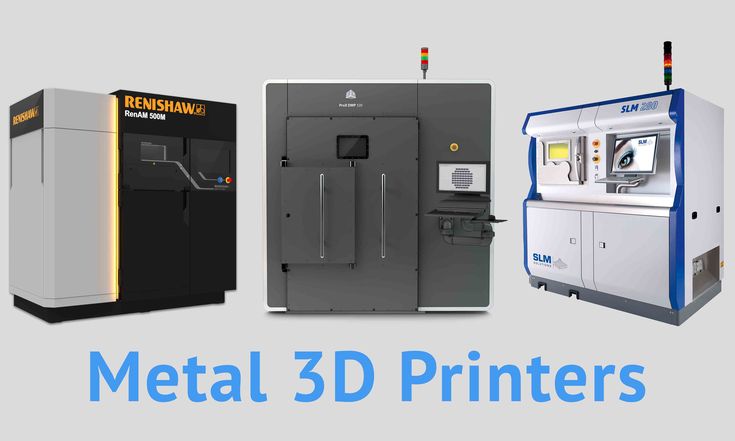
“Single Pass Jetting builds metal parts in a matter of minutes instead of hours,” says Desktop Metal. The forthcoming metal additive manufacturing for production is described as having a build area of 330x330x330mm (HWD), resolution is given as below 50um voxels and print speed reported as 8200 cm3 per hour.
Desktop Metal 3D printed screw and wing nut to demonstrate tolerances. Photo via MIT Technology Review.Demonstration of internal lattice structures. Photo via MIT Technology Review.Advantages of the Desktop Metal system are described as bi-directional Single Pass Jetting with 2 print bars containing, “over 32,000 jets” working in conjunction with powder spreaders. The 3D printing system allows, “jetting millions of droplets per second.”
Metal Injection Molding materials for 3D printing metal
Desktop Metal are working with Metal Injection Molding (MIM) powder materials. Of the 30 materials that will be available for 3D printing metal, 7 are described as core materials with the remainder listed as in development.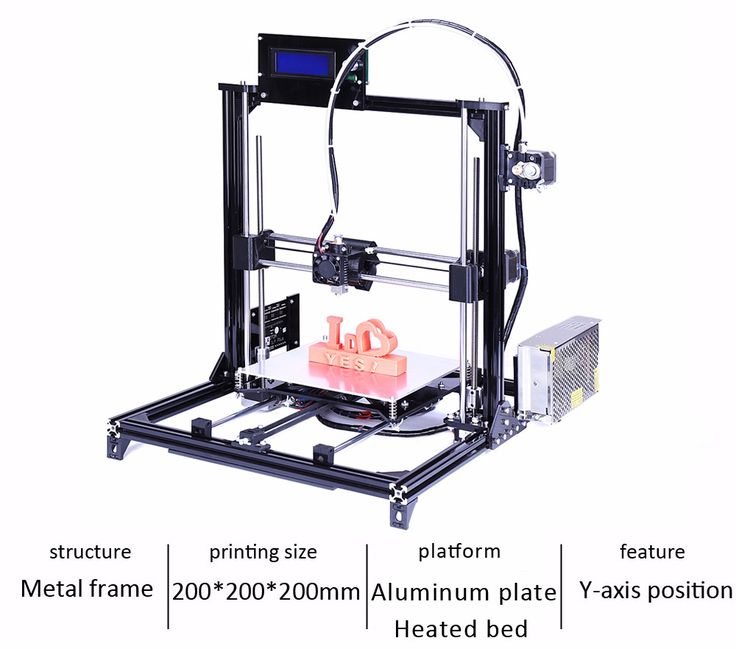
The core materials are Alloy Steel 4140 (Chrome Moly), C11000 Copper, Low expansion Kovar F-15, Super alloy Inconel 625, Stainless steel 316L (Austenitic) and 17-4 PH and h23 tool steel.
Development materials include Tungsten Heavy Alloy, Veloxint Tungsten Chromium, Cobalt Chrome F75, BASF Catamold and Titanium Ti64.
According to the company, working with MIM materials, “opens up an ecosystem of low-cost, high-quality alloys with a mature supply chain and well-studied process controls.”
Desktop Metal Production systems can be reserved for $5,000, Studio Systems are $1,000 to reserve. The Production System reservations require a Studio System reservation.
A 3D printed hydraulic manifold is processed inside a microwave furnace at up to 1,400C. Photo via MIT Technology Review.Desktop metal 3D printed propeller. Photo via MIT Technology Review.Pricing
Purchase of the Desktop Metal Studio System for $120,000 includes:
DM Studio Printer (add additional Printers for $49,900 + tax)
DM Studio Debinder (add additional Debinders for $9,900 + tax)
DM Studio Furnace (add additional Furnaces for $59,900 + tax)
Consumable Starter Kit (media, gas, debinder fluid, effluent filters and build plates)
Installation and training by DM Sales Partner
Cloud-based software & updates (local cloud option available)
1-year warranty and maintenance
Hardware-as-a-service (HaaS) pricing is also available.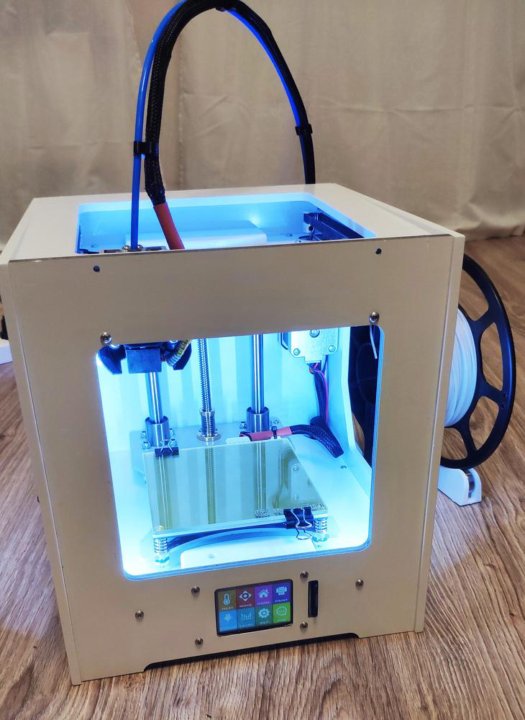 Pricing is given as $4,000/month for 36 months or $3,250 over 48 months.
Pricing is given as $4,000/month for 36 months or $3,250 over 48 months.
The Desktop Metal Studio 3D printer is priced at $49,900.
Further details about both systems are available on the Desktop Metal website here.
To be the first with all the latest 3D Printing Industry news, subscribe to our free newsletter here. You can also follow our active social media accounts.
Desktop Metal were nominated by our readers as one of the most innovative 3D printing enterprises of the year, let us know if you agree and make your vote in the Annual 3D Printing Industry Awards here.
Tags Desktop Metal
Michael Petch
Michael Petch is the editor-in-chief at 3DPI and the author of several books on 3D printing. He is a regular keynote speaker at technology conferences where he has delivered presentations such as 3D printing with graphene and ceramics and the use of technology to enhance food security. Michael is most interested in the science behind emerging technology and the accompanying economic and social implications.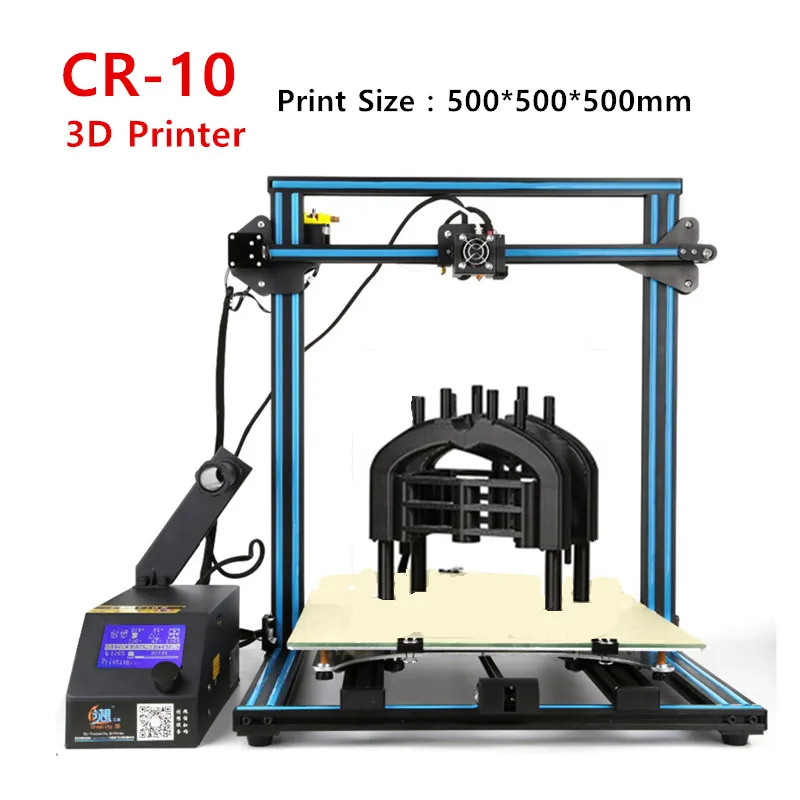
Share This
More on this topicGE expands additive manufacturing capabilities, new metal 3D printer coming soon
More on this topicSliced 3D Printing Digest: PyroGenesis, Etihad Airways, Stratasys, Canada Makes, Penn State, Megumi Igarashi
Studio System™ | Desktop Metal
_Studio System™ applications
Studio System™ applications span a variety of industries including manufacturing, tooling, automotive, consumer, electronics, and oil & gas.
-
Extrusion Die
h23This die is used in the manufacture of extruded plastic framing.
Extrusion Die
-
Size (mm) 74 x 74 x 56
Cost to print ($) 156.
 00
00Cost to machine ($) 329.67
Cost reduction 52.68%
-
Metal 3D printing reduces lead times and costs - allowing for rapid iteration and refinement of the die design. Furthermore, lower tooling costs and lead times makes low volume custom extrusion dies economically feasible.
-
Rook Chess Piece
316LOne of six types of movable objects used in the game of chess.
Rook Chess Piece
-
Size (mm) 46 x 46 x 72
Cost to print ($) 46.
 00
00Cost to machine ($) 329.67
Cost reduction 52.68%
-
Unique chess piece designs can easily be 3D printed without the long lead times and costs associated with tooling. The Studio System’s high resolution print head produces small parts with fine features and surface finish.
-
YE6 Burner Tip
316LThis burner tip is used to shape the flame in industrial burners.
YE6 Burner Tip
-
Size (mm) 139 x 139 x 86
Cost to print ($) 193.
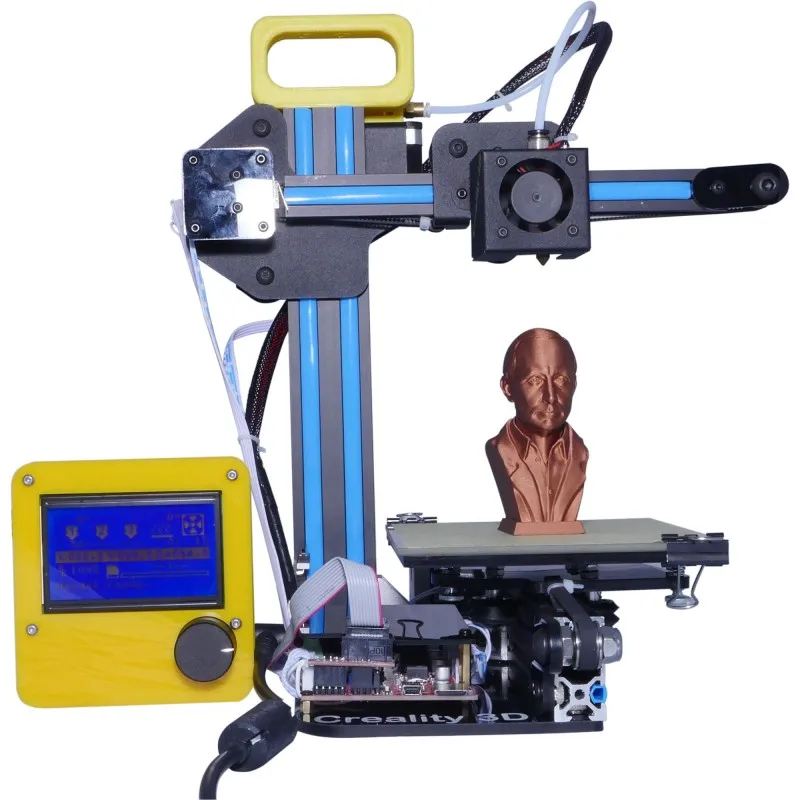 46
46Cost to machine ($) 694.00
Cost reduction 72.00%
-
This burner tip was originally cast in the 1950s, and the tooling has since been lost for it. When a customer needed a replacement, the quote for new tooling was in the tens of thousands of dollars.
With the Studio System, the company was able to recreate the part with properties similar to the original cast part, with no tooling cost or long lead times for the customer.
-
Putter
17-4 PHCustom designed golf putter is an example of the customization that is possible with 3D printing.
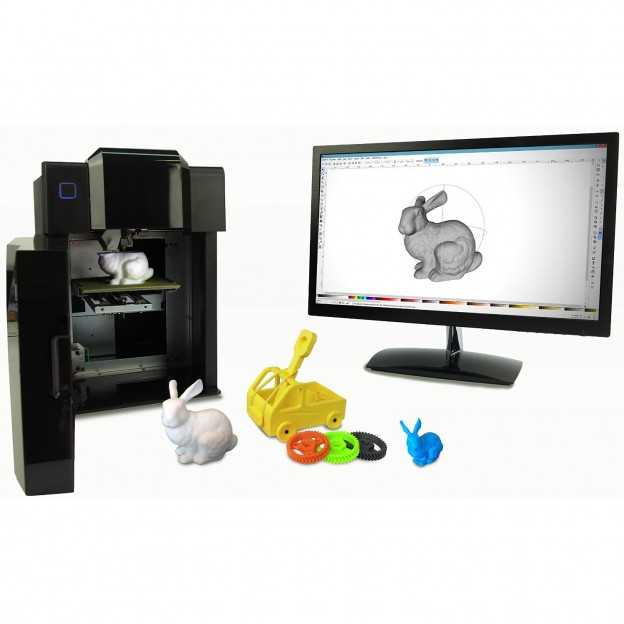
Putter
-
Size (mm) 135 x 92 x 38
Cost to print ($) 128.00
Cost to machine ($) 2203.00
Cost reduction 94.00%
-
Golf clubs, especially putters, are typically cast or machined. With the Studio System, manufacturers can achieve excellent material properties without tooling or expensive CNC machining.
The Studio System allows for customization of parts like putters, so each player can have a design that is best suited to them.
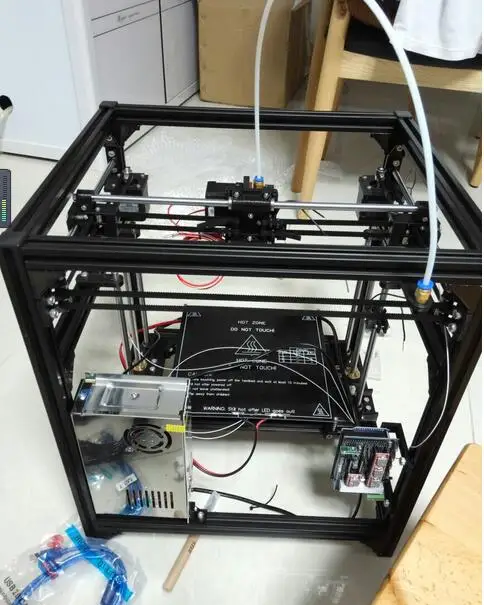 And when those designs go into mass production, they can be manufactured via binder jetting.
And when those designs go into mass production, they can be manufactured via binder jetting.
-
Flower Nozzle
316LThis flower nozzle is used to atomize fluid in industrial equipment.
Flower Nozzle
-
Size (mm) 123 x 123 x 45
Cost to print ($) 184.00
-
Due to its complex geometry, these parts would typically be cast followed by extensive secondary machining.
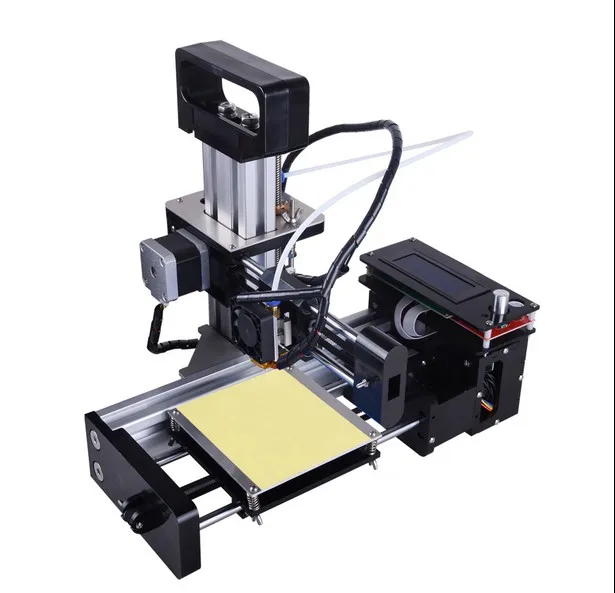 With the Studio System, the nozzle can be 3D printed without the lead times and setup costs of casting, enabling one-off and small batch orders.
With the Studio System, the nozzle can be 3D printed without the lead times and setup costs of casting, enabling one-off and small batch orders.
-
Impeller
316LThis impeller is used to control the pressure and flow of fluids in equipment like pumps and compressors.
Impeller
-
Size (mm) 82 x 82 x 28
Cost to print ($) 63.00
Cost to machine ($) 2138.00
Cost reduction 97.
 05%
05% -
Their complex vanes make impellers expensive and difficult to manufacture. When a custom impeller is needed metal 3D printing accelerates design optimization and product development by dramatically reducing lead time and cost.
-
Sheet Metal Embosser
4140This custom embosser is used in sheet metal fabrication.
Sheet Metal Embosser
-
Size (mm) 47 x 28 x 15
Cost to print ($) 14.
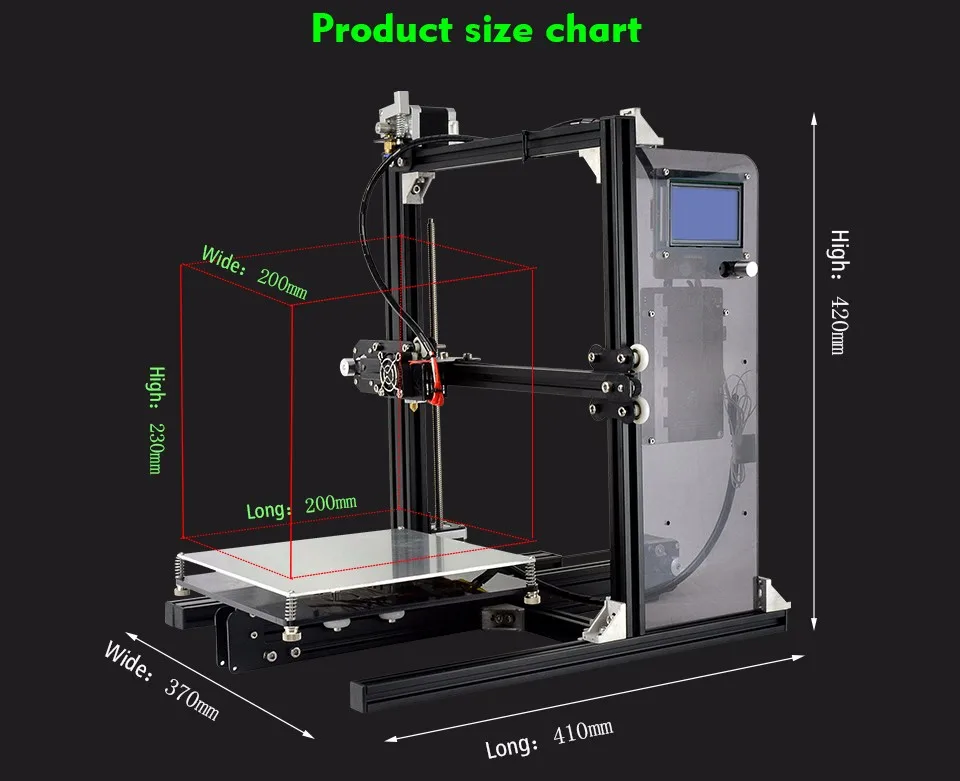 00
00 -
Sheet metal tools are used for a broad range of fabrication operations, including stamping, bending, countersinking and embossing.
3D printing with the Studio System reduces tool fabrication costs, shortens production run lead time, and enables rapid iteration and refinement of the sheet metal designs and associated tooling.
-
Zipper Mold
h23This part is an Injection mold insert for manufacturing zinc zippers.
Zipper Mold
-
Size (mm) 46 x 27 x 18
Cost to print ($) 16.
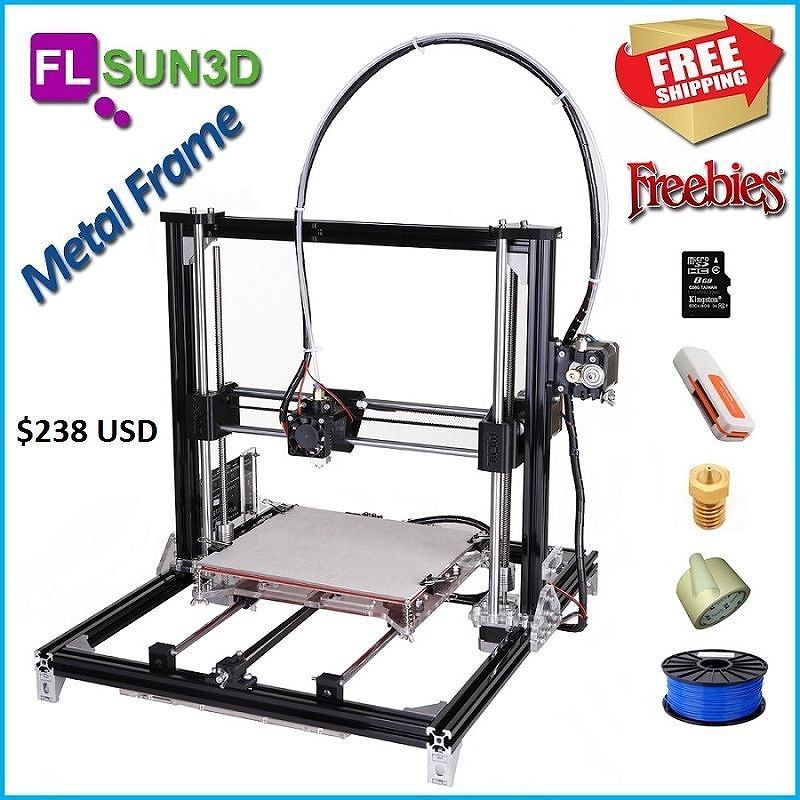 00
00 -
3D printing the mold inserts shortens production run lead time and allows rapid iteration and refinement of zipper designs. Using a high resolution printhead allows for smaller parts with finer features, requiring less post processing.
-
Skateboard Truck
17-4 PHThis part attaches wheels to a skateboard deck, and was optimized using generative design tools
Skateboard Truck
-
Size (mm) 201 x 76 x 52
Cost to print ($) 161.
 00
00Cost to DMLS ($) 1163.00
Cost reduction 86.00%
-
Generative design and 3D printing allows for the fabrication of innovative designs impossible with casting (the traditional production method for skateboard trucks).
The Studio System can print that previously impossible geometry, resulting in trucks that are more aesthetically pleasing, stronger, and lighter.
-
Master Drilling Sun Gear
17-4 PHThis part is a sun gear used in a planetary gearbox for an earth-drilling machine.
Master Drilling Sun Gear
-
Size (mm) 118 x 118 x 118
Cost to print ($) 658.
 00
00Cost to machine ($) 916.00
Cost reduction 28.17%
-
After exploring a number of alternative manufacturing methods to produce the parts needed to keep crucial machinery up and running, Master Drilling chose 3D printing. The switch to 3D printing cut their lead time for replacement parts from about three months for off-shore castings, to just three weeks printing on-site, thereby reducing downtime for the earth drilling equipment.
-
Mouthpiece Mold
h23Mold insert is used to injection mold medical inhaler mouthpieces.

Mouthpiece Mold
-
Size (mm) 104 x 93 x 48
Cost to print ($) 345.00
Cost to machine ($) 716.77
Cost reduction 51.87%
-
3D printing the hard steel insert to near-net shape eliminates 95% of the required CNC machining and associated tool wear.
Because cooling accounts for 95% of the mold cycle time, the ability to incorporate conformal cooling channels into the mold can reduce mold cycle time and increase throughput.
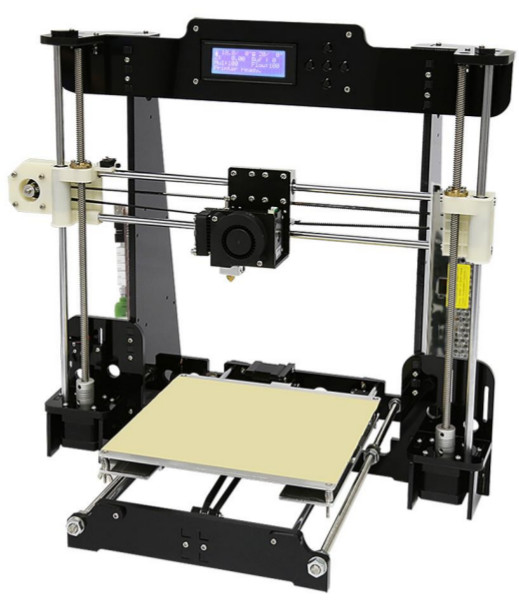
-
UMC End Effectors
17-4 PHThese grippers are used to fixture and move aerospace forgings on a manufacturing line.
UMC End Effectors
-
Size (mm) 55 x 32 x 16
Cost to print ($) 23.00
Cost to machine ($) 194.00
Cost reduction 88.14%
-
The complex geometry of end effectors requires extensive CNC machining, resulting in long lead times that occupy valuable CNC capacity.
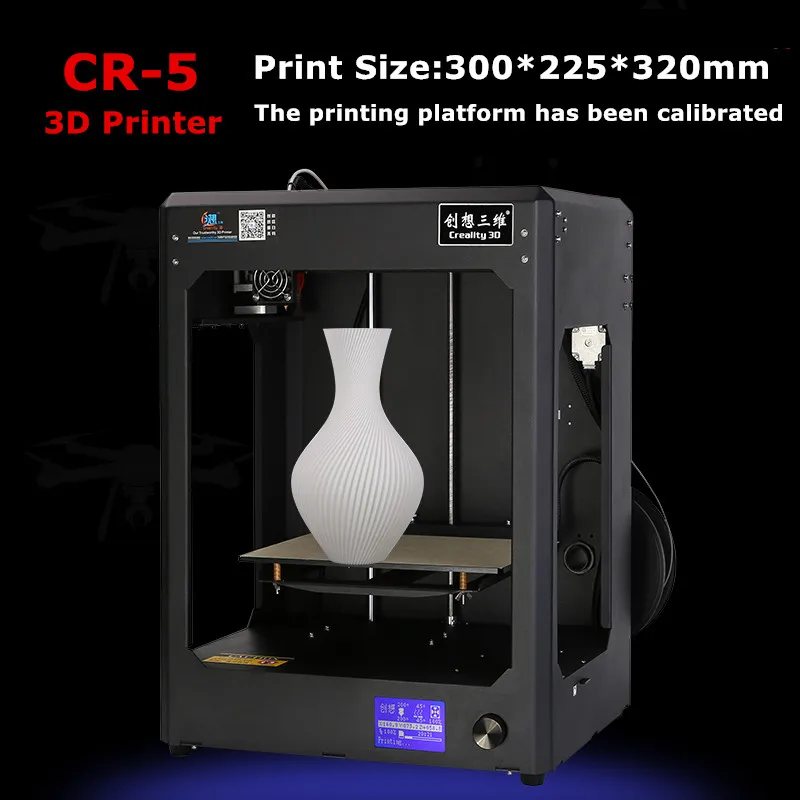 Using metal 3D printing allows for on-demand manufacturing of custom end effectors while lowering part cost and lead time.
Using metal 3D printing allows for on-demand manufacturing of custom end effectors while lowering part cost and lead time.
-
APG Thread Checker Fixture
17-4 PHThis fixture pushes a thread checker into a part on a manufacturing line.
APG Thread Checker Fixture
-
Size (mm) 47 x 28 x 15
Cost to print ($) 14.00
-
This fixture pushes a thread checker into a part on a manufacturing line.
 As a wear item, it needs to stand up to repeated use, and must be easily produced to keep the manufacturing line up.
As a wear item, it needs to stand up to repeated use, and must be easily produced to keep the manufacturing line up.The fixture must be regularly replaced as it wears out. Printing the part with the Studio System eliminates CNC lead time and frees up the machine shop for more critical work.
-
BattleBots Bot Support
17-4 PHThis part is a structural member for use in the bot's robotic arm.
BattleBots Bot Support
-
Size (mm) 130 x 117 x 64
Cost to print ($) 106.
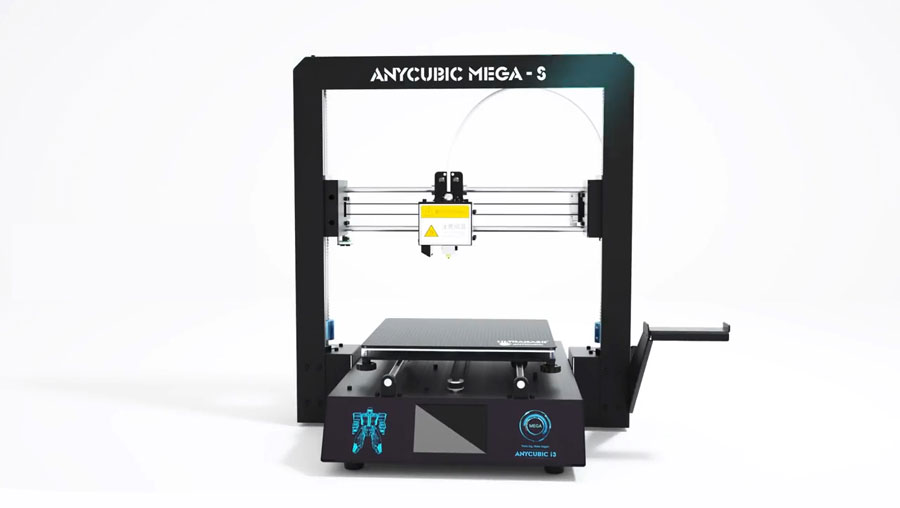 00
00Cost to machine ($) 551.90
Cost reduction 81.00%
-
This support is designed to carry a heavy load and withstand punishment. Engineers working on a bot used on a Discovery Channel program BattleBots had less than a month to produce a custom structural element on robotic arm. Using the Studio system, they were able to print a bracket capable of resisting bending and lateral motion while providing the stiffness, strength, weldability and fire resistance required.
-
APG Chuck Jaws
h23This part is used to hold a workpiece in place during machining lathe operations.
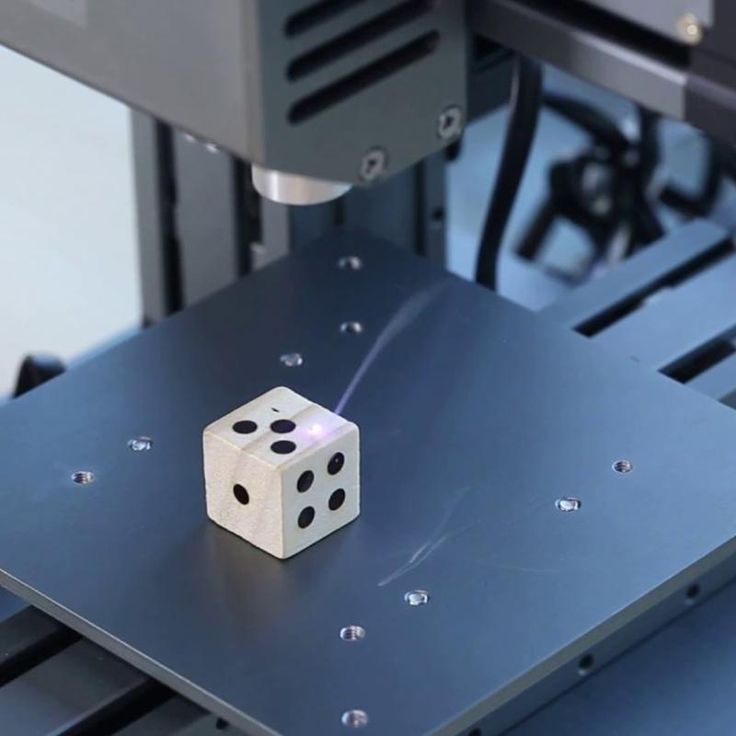
APG Chuck Jaws
-
Size (mm) 84 x 78 x 42
Cost to print ($) 117.00
Cost to machine ($) 426.36
Cost reduction 72.56%
-
These chuck jaws closely match the geometry of the part being machined - making them complex to machine. Printing them using the Studio System eliminates CNC lead time and frees up the machine shop for more critical work.
-
O-Ring End Effector
17-4 PHThis end effector is used to stretch and install O-rings on a hydraulic fitting.

O-Ring End Effector
-
Size (mm) 42 x 13 x 17
Cost to print ($) 7.00
Cost to machine ($) 152.17
Cost reduction 95.40%
-
Small, detailed parts like these end effectors typically require expensive CNC machining and have long lead times. Using the Studio System’s high resolution (250μm) printhead allows manufacturers to print small parts with fine features which would be difficult to machine
-
APG Coining Fixture
h23This fixture is used to achieve critical tolerances on metal injection molded (MIM) parts.
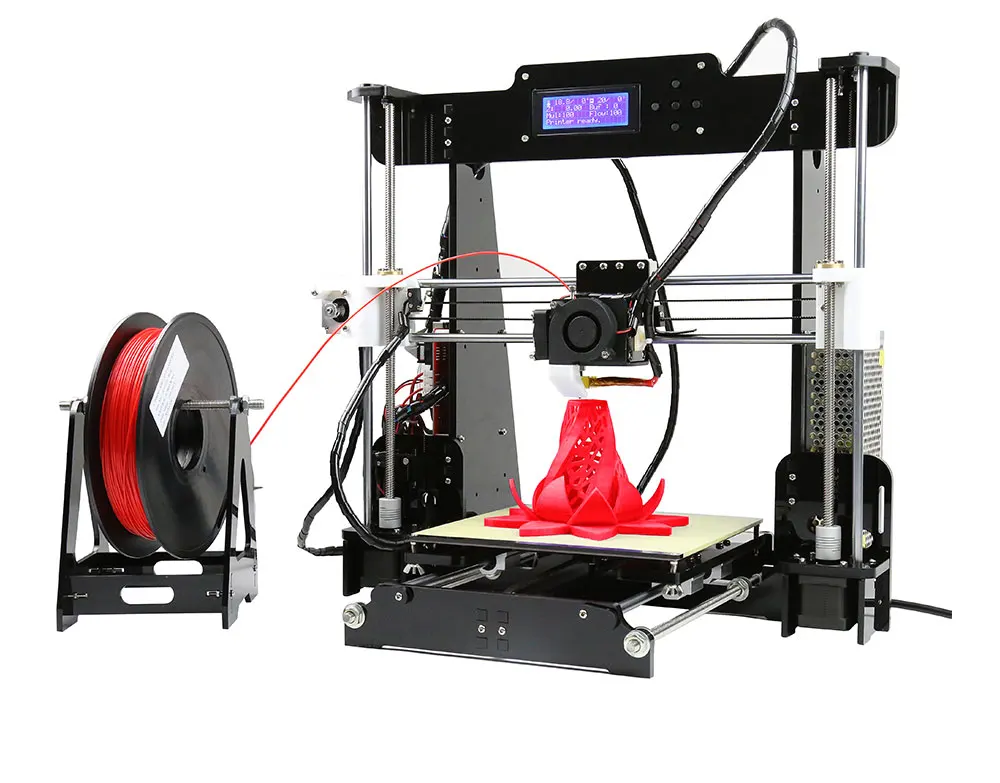
APG Coining Fixture
-
Size (mm) 110 x 57 x 31
Cost to print ($) 92.00
Cost to machine ($) 392.00
Cost reduction 75.63%
-
Fixture like this require custom geometry for each application, as well as superior wear resistance. The faster these parts are manufactured, the quicker a company can get get manufacturing lines running.
Printing these parts with the Studio System eliminates CNC lead time and frees up the machine shop for more critical work.

-
Helical Heat Exchanger
CopperUsed in chemical processing to cool a hot gas as it flows through a pipe.
Helical Heat Exchanger
-
Size (mm) 78 x 64 x 58
Cost to print ($) 443.00
Cost to machine ($) 2138.00
Cost reduction 79.28%
-
This heat exchanger enables a much higher heat transfer rate than a traditionally manufactured part.
 Featuring thin external fins and a complex, internal helical cooling channel, this exchanger would not be manufacturable as one component via CNC machining.
Featuring thin external fins and a complex, internal helical cooling channel, this exchanger would not be manufacturable as one component via CNC machining. The Studio System allows for the complex geometry of the heat exchanger to easily be printed as a single component.
-
UHT Atomizer
316LThis part is a fuel atomizer for a steam boiler on a liquid natural gas (LNG) tanker.
UHT Atomizer
-
Size (mm) 74 x 74 x 71
Cost to print ($) 129.
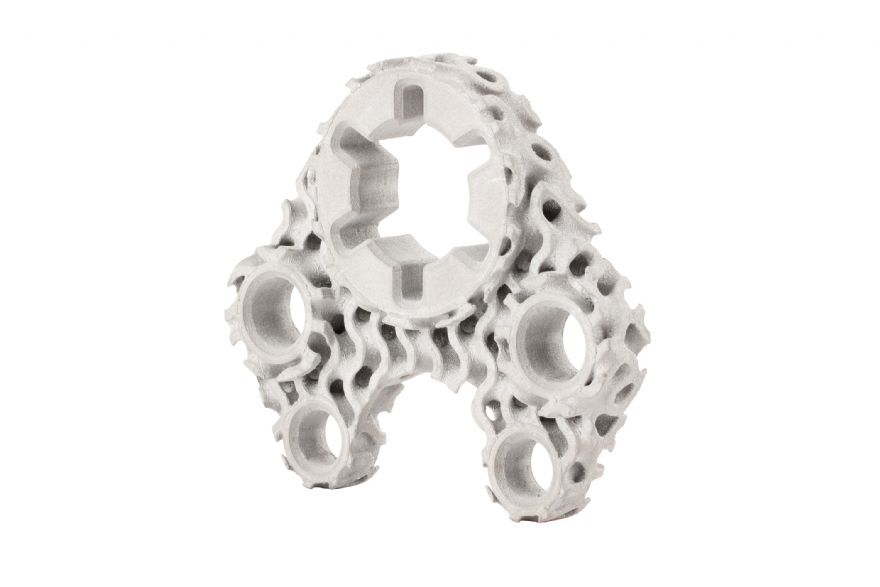 00
00Cost to DMLS ($) 1089.00
Cost reduction 88.00%
-
This 3D printed atomizer features complex internal channels and oblong shaped holes, which could not be manufactured with traditional methods. With the Studio System, the engineers were able to radically redesign their conventional atomizers for significantly better performance.
-
Octopus Ring
316LExample of the unique jewelry that can be customized and scaled for a tailored fit.
Octopus Ring
-
Size (mm) 38 x 38 x 30
Cost to print ($) 14.
 00
00 -
Unique jewelry pieces can be 3D printed without the design lock-in, long lead times and costs associated with tooling. The Studio System’s high resolution print head produces small parts with fine features and surface finish.
-
Lathe Gear
17-4 PHThis part is a replacement gear for vintage (circa 1940) lathe.
Lathe Gear
-
Size (mm) 82 x 82 x 27
Cost to print ($) 58.
 00
00Cost to machine ($) 260.67
Savings vs. machining 77.70%
-
In some cases, replacement parts are no longer available, either off the shelf or from the OEM. Fabricating custom gears via hobbing and broaching is often prohibitively expensive, but metal 3D printing allows for the fabrication of legacy parts at much lower cost.
-
Tri Manifold
Alloy 625This manifold is used to combine three flows into one common flow.
Tri Manifold
-
Size (mm) 108 x 101 x 98
Cost to print ($) 906.
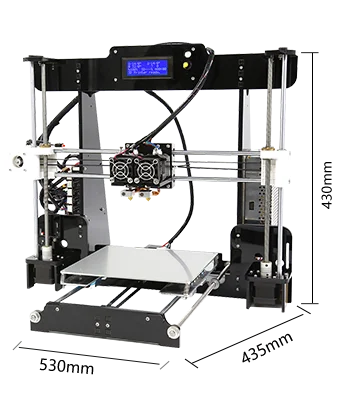 00
00Cost to DMLS ($) 4069.28
Savings vs. machining 77.74%
-
This part converges three flow paths into one via internal channels. These channels would be impossible to machine, and instead would need to be drilled as straight holes and plugged.
Printing on the Studio System allows these channels to be designed for their function rather than their manufacturing method. This part can be produced in just a few days with very little hands on work.
-
Generative Piston Head
4140Prototype piston head for a reciprocating engine, optimized with generative design.

Generative Piston Head
-
Size (mm) 105 x 105 x 54
Cost to print ($) 271.00
Cost to machine ($) 568.13
Savings vs. machining 52.30%
-
Typically CNC machined from aluminum alloy, pistons can be time consuming and difficult to rapidly prototype and test - often taking months or even years to move from design to production.
With the Studio System, various piston designs can be easily prototyped and tested—speeding up product development timelines, reducing time to market, and introducing new opportunities for optimization, including generative design—all while avoiding CNC backlog and lead times.

-
Pump Housing
17-4 PHThis is part of the housing for a hydraulic pump.
Pump Housing
-
Size (mm) 136 x 131 x 47
Cost to print ($) 243.00
Cost to machine ($) 708.68
Savings vs. machining 65.68%
-
This part would typically be cast, followed by secondary machining operations - resulting in long lead times and high costs.

By printing on the Studio System, the long lead time associated with casting can be avoided, and the cost to machine from scratch is greatly reduced - allowing the manufacturer to produce the part in-house and enabling cost-effective rapid design iteration and pilot runs.
-
Guitar tailpiece
17-4 PHThe guitar tailpiece anchors one end of the guitar strings.
Guitar tailpiece
-
Size (mm) 127 x 28 x 20
Cost to print ($) 36.00
Cost to machine ($) 343.
 28
28Savings vs. machining 89.51%
-
The guitar tailpiece is typically cast from aluminum, and can be fairly expensive to customize for short manufacturing runs.
Printing in steel allows design freedom and part customization while eliminating tooling costs. Steel tailpieces also exhibit more pleasing resonance and sustain characteristics for some genres and playing styles.
-
Cuff Ring
316LExample of the unique jewelry that can be customized and scaled for a tailored fit.
Cuff Ring
-
Size (mm) 59 x 54 x 80
Cost to print ($) 43.
 00
00 -
Unique jewelry pieces can be 3D printed without the design lock-in, long lead times and costs associated with tooling. The Studio System’s high resolution print head produces small parts with fine features and surface finish.
Desktop 3D printers for the home
Anet Anycubic Creality3D CreatBot Dremel Elegoo Felix Flash Forge FLSUN Flying Bear Formlabs IBRIDGER imprinta MakerBot Mingda Peopoly Phrozen PICASO 3D QIDI Raise3D Tiertime Ultimaker Uniz Voxelab wanhao XYZPrinting ZENIT Zortrax
Availability
In stock
Manufacturer
Phrozen Raise3D Creality wanhao Flash Forge
PICASO 3D Anycubic Formlabs Tiertime Flyingbear QIDI Uniz CreatBot Dremel DigiLab Felix Zortrax XYZprinting Ultimaker imprinta Elegoo MakerBot Anet FLSUN iBridger MINGDA Peopoly snapmaker Voltera Voxelab ZENIT
Delivery
Assembled printer Assembly kit
Application
Architecture For large objects For beginners Medicine Education
Orthopedics Production prototyping Reverse engineering Advertising, exhibitions Sculpture Dentistry Hobby jewelry
Print technology
DLP/LCD/SLA FDM/FFF LFS
Thread diameter
1.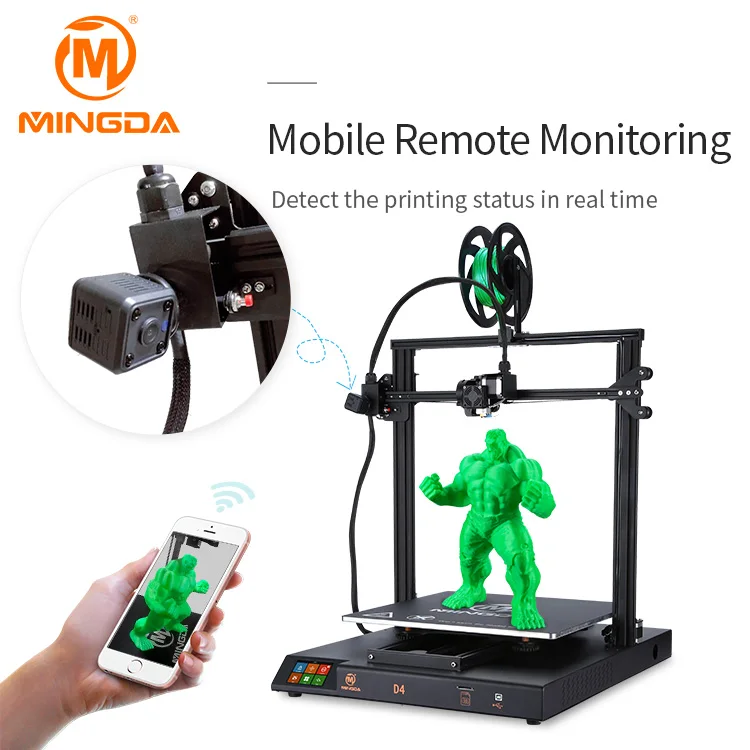 75 mm 2.85 mm 3.00 mm
75 mm 2.85 mm 3.00 mm
Material type
ABS PLA PETG Photopolymers Flex
Nylon (Nylon) ASA Carbon Flexible HIPS PC PEEK PP TPU Wood other Metal (Ultrafuse 316L, Ultrafuse 17-4PH)
Number of extruders (print heads)
Heating table
Yes No
Wi-Fi or other wireless network
Yes No
Country of origin
China Russia USA Taiwan Hong Kong
Netherlands Poland
Add to compare
Product added to compare Go
| Manufacturer | Creality |
| On order/Transit | Goods in transit |
| Construction area size | 220x220x250 mm |
| Number of extruders (print heads) | 1 |
| Country of origin | China |
Add to compare
Product added to compare Go
| Manufacturer | Creality |
| On order/Transit | Goods on the way |
| Construction area size | 220x220x250 mm |
| Number of extruders (print heads) | 1 |
| Country of origin | China |
Add to compare
Product added to compare Go
| Manufacturer | Anycubic |
| On order/Transit | Goods in transit |
| Construction area size | 220x220x250 mm |
| Number of extruders (print heads) | 1 |
| Country of origin | China |
Free Shipping
Add to Compare
Product added to compare Go
| Manufacturer | Anycubic |
| On order/Transit | Goods in transit |
| Construction area size | 180 x 163 x 102 mm |
| Country of origin | China |
Free Shipping
Add to Compare
Product added to comparison Go
| Manufacturer | Anycubic |
| On order/Transit | Goods in transit |
| Construction area size | 220 x 220 x 250 mm (capacity 12.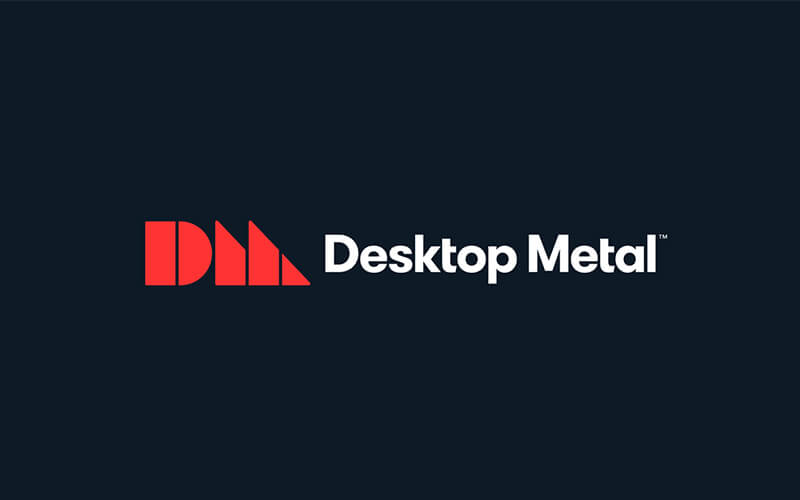 10 l) 10 l) |
| Number of extruders (print heads) | 1 |
| Country of origin | China |
Add to compare
Product added to compare Go
| Manufacturer | Creality |
| On order/Transit | Goods in transit |
| Construction area size | 220x220x250 mm |
| Number of extruders (print heads) | 1 |
| Country of origin | China |
Add to compare
Product added to compare Go
| Manufacturer | Flyingbear |
| On order/Transit | Goods in transit |
| Construction area size | 255x210x210 mm |
| Number of extruders (print heads) | 1 |
| Country of origin | China |
Add to compare
Product added to compare Go
| Manufacturer | Creality |
| On order/Transit | Goods in transit |
| Construction area size | 220x220x270 mm |
| Number of extruders (print heads) | 1 |
| Country of origin | China |
Add to compare
Product added to compare Go
| Manufacturer | Anycubic |
| On order/Transit | Goods in transit |
| Construction area size | 300x300x350 mm |
| Number of extruders (print heads) | 1 |
| Country of origin | China |
Free Shipping
Add to compare
Product added to compare Go
| Manufacturer | Anycubic |
| Construction area size | 102x57x165 mm |
| Country of origin | China |
Free Shipping
Add to compare
Product added to compare Go
| Manufacturer | Anycubic |
| On order/Transit | Goods in transit |
| Construction area size | 450 x 400 x 400 mm (capacity 72 l) |
| Number of extruders (print heads) | 1 |
| Country of origin | China |
Add to compare
Product added to compare Go
| Manufacturer | Creality |
| On order/Transit | Goods in transit |
| Construction area size | 220x220x280 mm |
| Number of extruders (print heads) | 1 |
| Country of origin | China |
Add to Compare
Product added to compare Go
| Manufacturer | FLSUN |
| Construction area size | 260 x 330 mm (D x H) |
| Number of extruders (print heads) | 1 |
| Country of origin | China |
Free shipping
Add to compare
Product added to compare Go
| Manufacturer | Phrozen |
| Construction area size | 165x72x180 mm |
| Country of origin | Taiwan |
Free Shipping
Add to compare
Product added to compare Go
| Manufacturer | Anycubic |
| Construction area size | 219 x 123 x 250 mm (6. 7 l) 7 l) |
| Country of origin | China |
Free Shipping
Add to compare
Product added to compare Go
| Manufacturer | Flash Forge |
| On order/Transit | Goods in transit |
| Construction area size | 200x148x150 mm |
| Number of extruders (print heads) | 2 |
| Country of origin | China |
3D printing is one of the most promising areas of technological development in the 21st century. Having gone a long way from bulky and heavy boxes to compact desktop devices, 3D printers have ceased to be something inaccessible to a wide range of users. The era of mass additive manufacturing has already arrived, and every home can now house a real desktop factory.
You can buy a 3D printer capable of printing small models and prototyping of medium complexity today at the price of an entry-level laptop.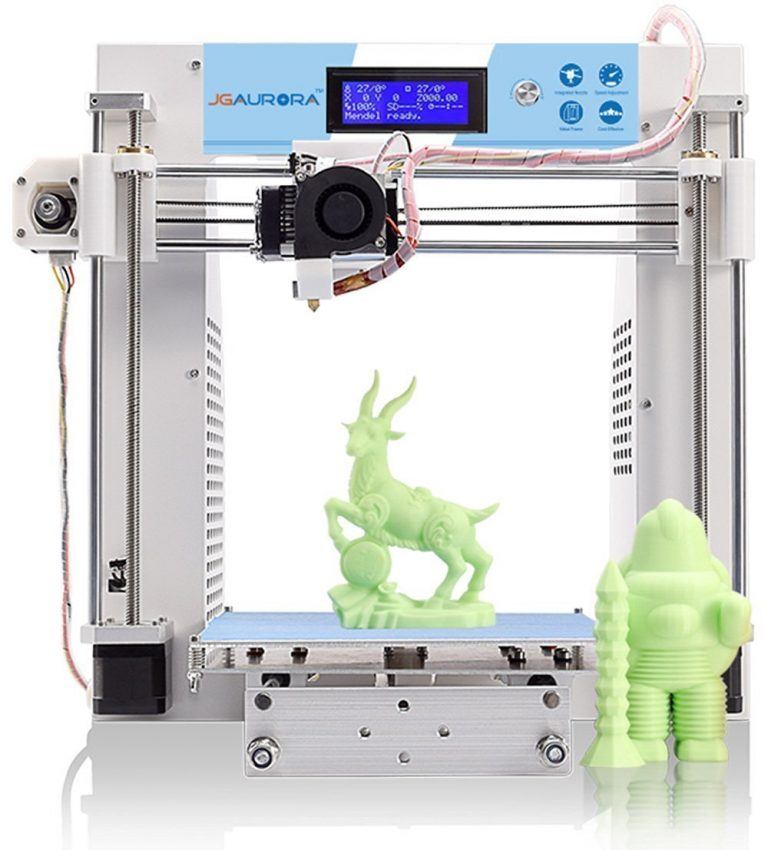 The price of PLA or ABS plastic, which acts as a consumable, also no longer seems exorbitant. In a word, if you have long dreamed of getting to know the world of 3D printing and joining the ranks of makers, the right moment has come!
The price of PLA or ABS plastic, which acts as a consumable, also no longer seems exorbitant. In a word, if you have long dreamed of getting to know the world of 3D printing and joining the ranks of makers, the right moment has come!
To save you time and make it easier to select equipment, we have collected in one section all desktop 3D printers optimized for home and office use. These are the real "workhorses" with the perfect balance of functionality, quality and price. Even a beginner can understand the settings, mount and calibrate a 3D printer, and as he gains experience, he will be able to print more and more complex three-dimensional models.
Burn metal: how a desktop 3D printer will print alloys In autumn, it begins the first deliveries of metal 3D printing systems. Devices must fit on an office desk
Photo: Desktop Metal
Desktop Metal was founded in 2015 by four MIT professors. Among them is Emanuel Sachs, who in 1989 was the first to patent the 3D printer device. The 3D printing industry is looking forward to another very important innovation from Sachs and his colleagues: already this fall, Desktop Metal is launching Studio metal 3D printing systems, and in 2018 - Production.
The 3D printing industry is looking forward to another very important innovation from Sachs and his colleagues: already this fall, Desktop Metal is launching Studio metal 3D printing systems, and in 2018 - Production.
The first system is designed for industrial designers and engineers, the second one for production workers. Both devices claim to be "disruptive" technology, meaning they could change the economic structure of an entire industry. For the first time in the history of 3D printing, printers that print metal objects will fit on an office desk. The Studio ($120,000) and Production ($420,000, corporate clients will be able to pay $3,200 per month in installments) include the 3D printer itself and a miniature microwave-powered melting furnace (heated up to 1,400 degrees), for heat treatment of metal. The systems use additive technologies, i.e. can “grow” an object in layers from the material loaded into the printer, and are capable of processing about 200 alloys, including steel, aluminum and titanium. The more powerful Production is capable of printing 8.2 thousand cubic meters per hour. see metal products. This figure is at least 100 times higher than existing solutions on the market, say the founders of Desktop Metal.
The more powerful Production is capable of printing 8.2 thousand cubic meters per hour. see metal products. This figure is at least 100 times higher than existing solutions on the market, say the founders of Desktop Metal.
The Markforged Metal X printer is similar in technology to the Desktop Metal device: objects are printed from a metal-plastic mixture, but the plastic is removed from the composition during the heat treatment (Photo: Markforged)
Studio's work is based on the process described in a 26-year-old Sacks patent: a thin layer of a mixture of metal powder and a binder of molten polymer material is applied to the surface. A thread from this mixture is used to print products. During firing, the polymer disappears, leaving an all-metal product at the output. Innovative printing methods invented in recent years helped bring the technology to market viability, the inventor explained. In Production, the printing process looks different. First, a layer of metal powder as thick as a human hair is applied to the object construction area with an area of up to 300x200x200 mm, then the printer “sprays” the binder polymer, after which the surface becomes very hot under the influence of high temperature. This process is repeated up to 1500 times, after which the system places the billet into the furnace.
In Production, the printing process looks different. First, a layer of metal powder as thick as a human hair is applied to the object construction area with an area of up to 300x200x200 mm, then the printer “sprays” the binder polymer, after which the surface becomes very hot under the influence of high temperature. This process is repeated up to 1500 times, after which the system places the billet into the furnace.
own business
The real future: how 3D printers are changing medicine
Massachusetts company raised about $100 million in venture capital investments. Industrial giants have also invested in the technology: General Electric (GE), BMW, the main IT holding of the planet Alphabet and the leading player in the 3D printer market Stratasys. Eminent investors are another evidence of the high hopes placed on Desktop Metal.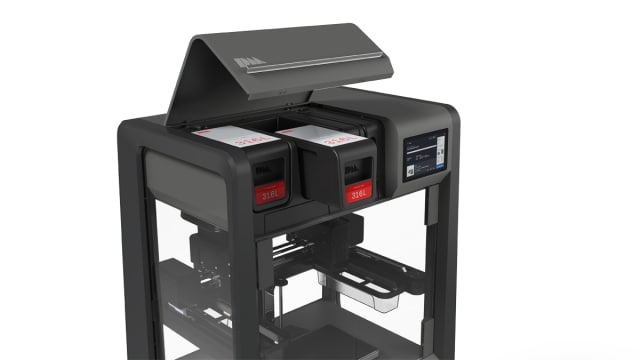 3D printing still doesn't live up to the expectations of big players: the materials that printers work with on an industrial scale are short-lived and unreliable, CEO Rick Fulop said in a June interview with MIT Technology Review magazine. Rare exceptions, such as the successful introduction of 3D printing for the production of dental implants, only confirm the general failure of the technology, he stressed.
3D printing still doesn't live up to the expectations of big players: the materials that printers work with on an industrial scale are short-lived and unreliable, CEO Rick Fulop said in a June interview with MIT Technology Review magazine. Rare exceptions, such as the successful introduction of 3D printing for the production of dental implants, only confirm the general failure of the technology, he stressed.
Delivery of systems from Desktop Metal to first customers should begin in a few months. However, there is not a single full-fledged commercial copy of the device yet. (Photo: Desktop Metal)
The reduction in cost and simplification of the process of "metal" printing can change the market. Industrialists are actively experimenting in this direction, but the market has not yet seen devices similar in characteristics to Studio and Production. The same GE concern in June at the Le Bourget air show presented a prototype of the world's largest Atlas laser 3D printer for printing jet engine parts and other components. According to GE, the device will save an average of $2-3 million on the production of one aircraft. But when Atlas can be introduced into the production chain, it is still unknown: billions of investments will be needed in changing logistics, re-equipping factories and retraining personnel.
According to GE, the device will save an average of $2-3 million on the production of one aircraft. But when Atlas can be introduced into the production chain, it is still unknown: billions of investments will be needed in changing logistics, re-equipping factories and retraining personnel.
The MIT company also has non-industrial competitors - other 3D printer manufacturers are also preparing "revolutionary" devices that work with metal. This autumn, the Metal X printer, worth about $100,000, will be presented by Markforged. It is based on the additive atomic diffusion technology developed by the company. Whether Metal X will become a competitor for Studio and Production will become known after the disclosure of production details.
own business
Who and how makes money on 3D printing in Russia
With the help of Studio and Production, it will be possible to quickly create industrial design objects, print prototypes, and then use the modified version file to produce a commercial product.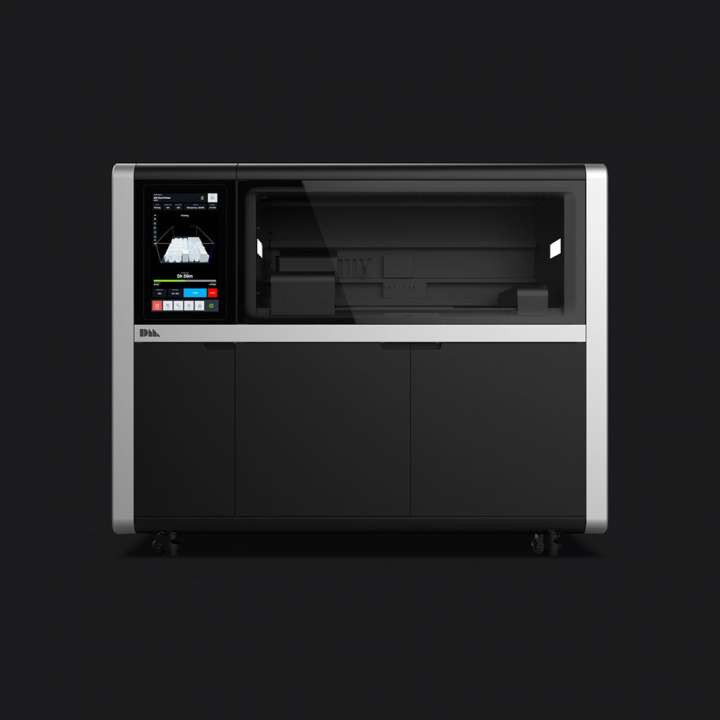 Theoretically, devices claim a share not even in the 3D printing market, but in the manufacturing industry. “Metal manufacturing is a trillion-dollar industry,” Fulop says. “Conquering even a small sector of it means making billions.”
Theoretically, devices claim a share not even in the 3D printing market, but in the manufacturing industry. “Metal manufacturing is a trillion-dollar industry,” Fulop says. “Conquering even a small sector of it means making billions.”
Photo: GE
The mass adoption of Desktop Metal's technology will allow large manufacturers to become more flexible in their logistics and production strategies and make product adjustments faster. “Production will be distributed - instead of large factories, from where goods are delivered all over the world, there will be a network of local sites that quickly respond to demand with the help of 3D printing. It is still difficult to talk more specifically about the application of technology. More than a decade will have to pass before we ourselves answer the question of whether we really need such an invention, ”said another co-founder of Desktop Metal, John Hart. The company's first client is expected to be California-based industrial design studio Fathom.


